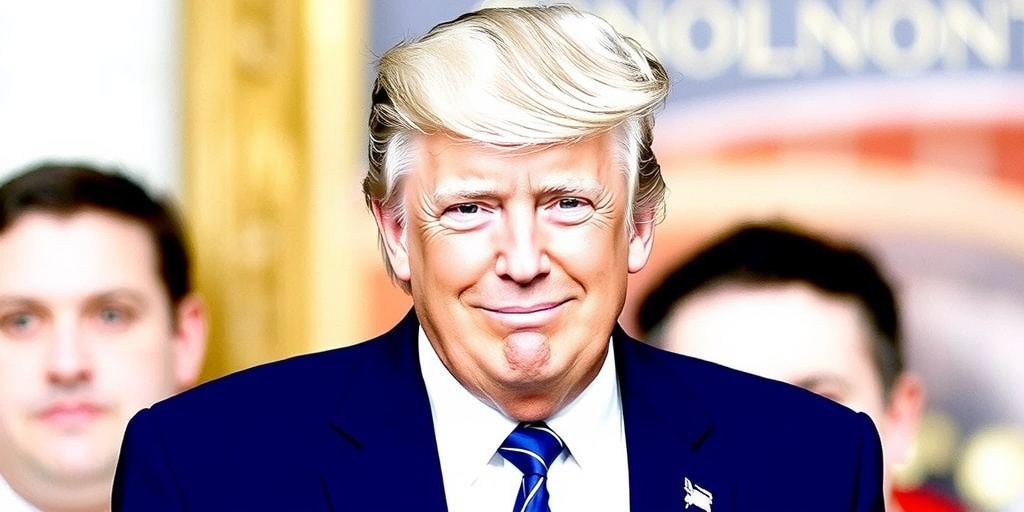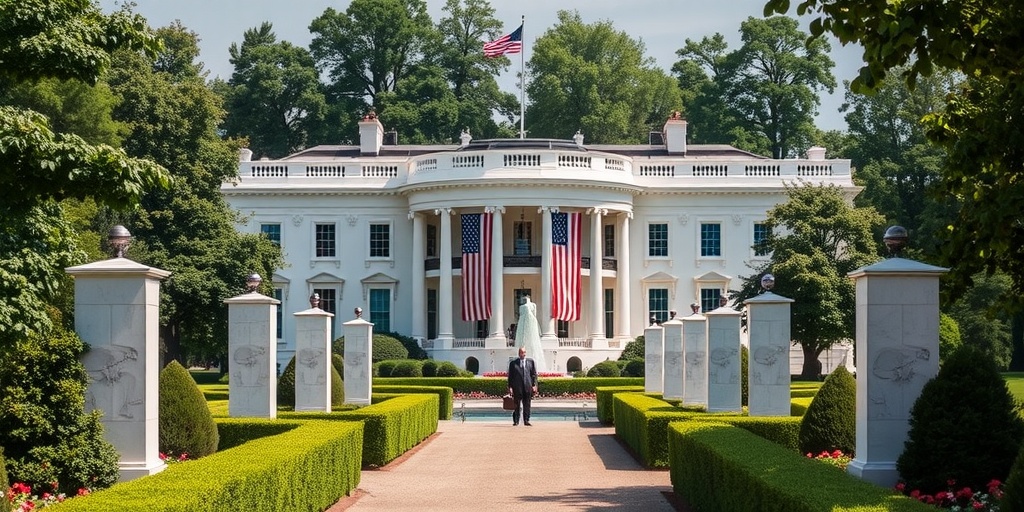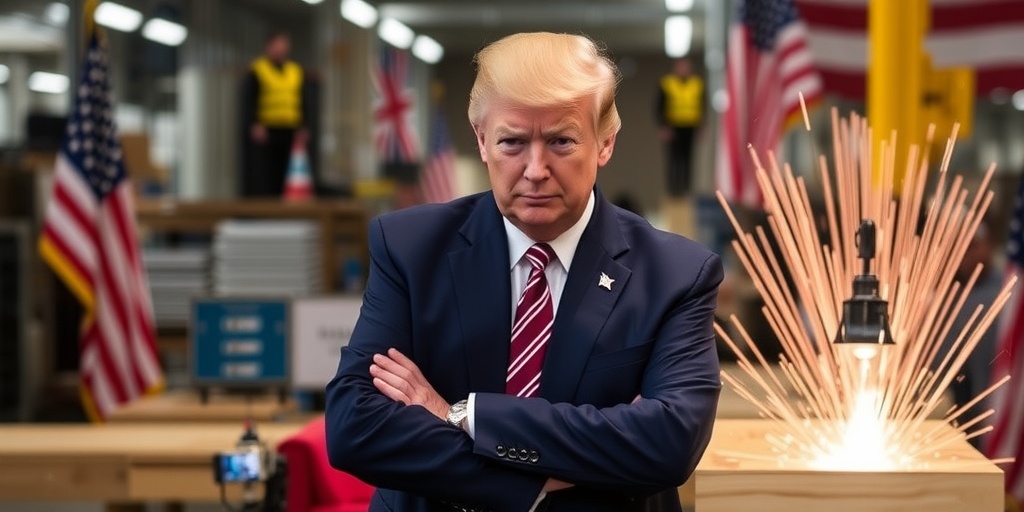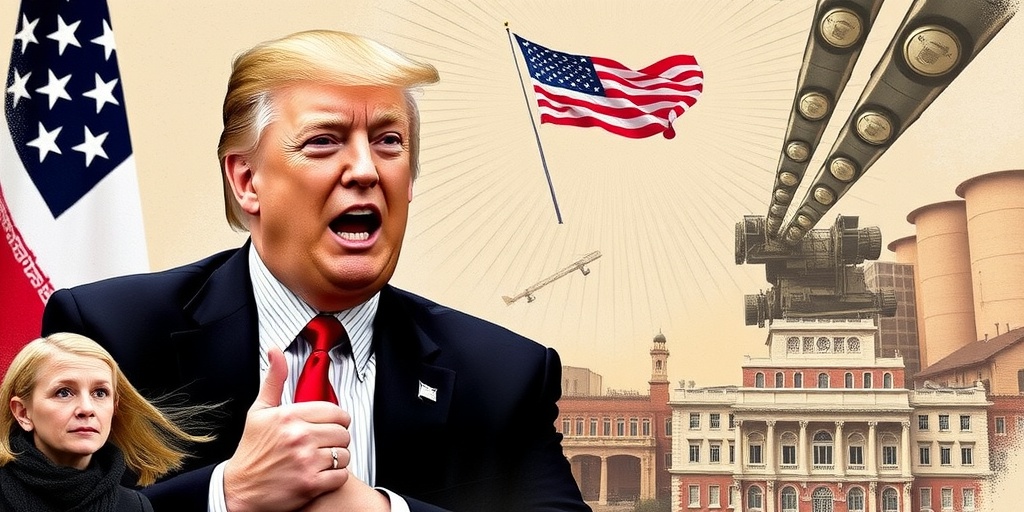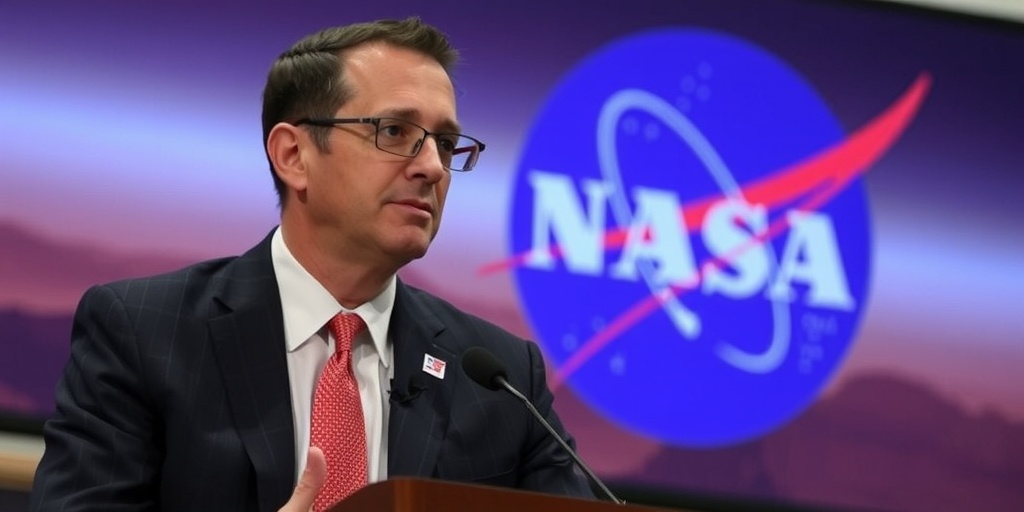Now Reading: Trump’s Tariff Strategy Aimed at Cutting Trade Deficits Faces Economic Skepticism
-
01
Trump’s Tariff Strategy Aimed at Cutting Trade Deficits Faces Economic Skepticism
Trump’s Tariff Strategy Aimed at Cutting Trade Deficits Faces Economic Skepticism
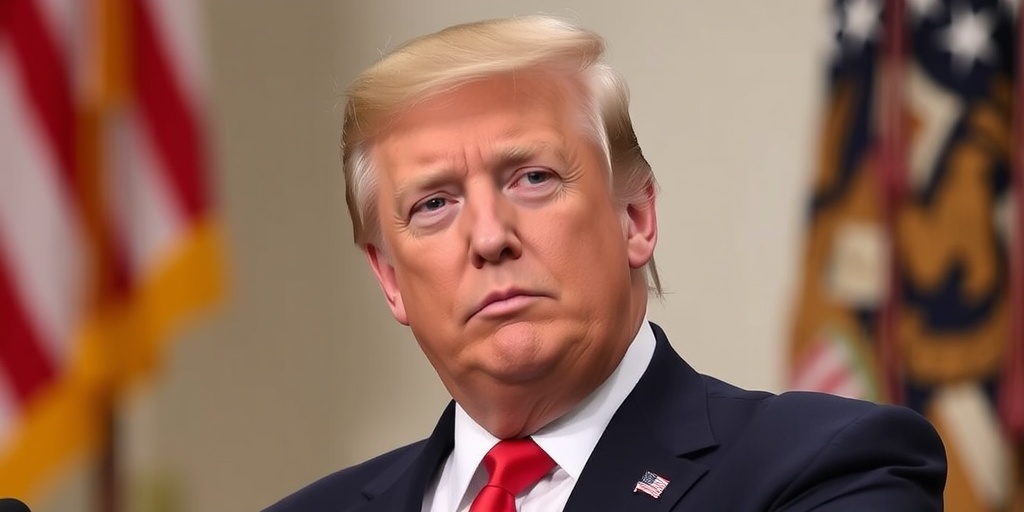
Title: The Flawed Logic Behind Trump’s Tariff Strategy: Economists Weigh In
In a bold move, President Trump recently implemented steep tariffs on nearly 60 of America’s largest trading partners, a decision rooted in his longstanding concern about the United States’ trade deficit. This deficit, defined as the disparity between what the U.S. exports to a country versus what it imports, has been characterized by Trump as evidence of the nation being "ripped off." However, many economists criticize this approach, asserting that bilateral trade deficits are not a reliable metric for gauging the health of trade relationships.
The tariffs, which took effect Wednesday, were calculated based on each country’s bilateral trade deficit with the United States. Trump’s administration has suggested that such tariffs are essential to correcting what they perceive as unfair trade practices. However, experts argue that trade deficits can arise from various factors unrelated to unfairness. "It’s totally silly," commented Dani Rodrik, a Harvard economist focused on globalization, denouncing Trump’s fixation on bilateral deficits as illogical.
Some economists acknowledge that America’s overall trade deficit with the world may reflect underlying issues within the U.S. economy, particularly given the country’s reliance on foreign manufacturing, including China’s. Yet, a significant number dispute the notion that bilateral trade deficits indicate broader economic malfeasance. According to World Bank data, last year, the United States ran bilateral trade surpluses with 116 countries, while sustaining deficits with 114. This unevenness in trade relationships can often be attributed to the inherent flow of global commerce rather than poor trading behavior.
For instance, the U.S. enjoys a trade surplus with Australia, primarily due to machinery and chemical exports. Conversely, Australia exports iron ore and natural gas to China, while China maintains a trade surplus with the U.S. through electronics and car parts. These relationships highlight how trade flows are shaped by economic infrastructures and supply chains rather than purely adversarial trade practices.
Economists have also raised concerns regarding the indiscriminate nature of Trump’s tariffs. The approach targets a wide array of foreign goods without considering their value to U.S. consumers or the ability of American producers to match those goods. Close allies like Canada and Mexico have been subjected to high tariffs simply because they export more to the United States than they import, categorizing them as trade adversaries by Trump’s standards. Notably, Switzerland and even Lesotho, a small nation with an average income of $3,500, also face high tariffs due to their export practices.
Mary Lovely, a senior fellow at the Peterson Institute for International Economics, characterized Trump’s calculation methodology as overly simplistic, noting that it disregards the complexities of consumer demand. "How will U.S. supply respond to higher tariffs on cocoa and natural rubber from Cote d’Ivoire compared to machinery from Europe?" Lovely questioned, emphasizing the inconsistency in consumer response across different goods from various countries.
Despite the criticisms, Trump’s advisers defended his tariff methodology. Stephen Miran, the chair of the White House Council of Economic Advisers, expressed that Trump has long regarded bilateral trade deficits as a significant problem for American workers, arguing that these deficits serve as proxies for deeper economic policies at play. They believe the focus on deficits responds to distortive trade practices from other countries.
As the global economy has become increasingly interconnected, many countries have redirected goods to navigate tariffs imposed on specific nations. Mark DiPlacido, a policy adviser at American Compass, emphasized that as the bilateral trade deficit with China has decreased, deficits with nations in Southeast Asia have surged, indicating a shifting landscape in global trade dynamics.
Michael Pettis, a finance professor at Peking University, suggested that while the new tariffs might change the routes of trade, they likely won’t significantly impact the U.S.’s overall trade deficit. He argued that the real issue lies with government policies in nations like China, Germany, South Korea, and Taiwan, which have fostered the creation of significant trade surpluses driving the U.S. trade deficit.
Despite the challenges, economists remain divided on the implications of the U.S.’s overall trade deficit. Some assert that external factors, such as U.S. federal spending and investment flows, primarily drive these deficits rather than the trade balance with individual countries. They warn that should Trump’s tariffs lead to a reduction in the overall trade deficit, it might stem from negative economic consequences, including a slowed U.S. economy or a decline in foreign confidence in U.S. markets.
Dani Rodrik cautioned that the relationship between a nation’s trade deficit and its overall economic performance is tenuous at best. He pointed to nations like Venezuela and Russia, which enjoy trade surpluses, questioning whether such a model truly serves U.S. interests.
In conclusion, while President Trump’s tariffs signal a strong stance on trade, the economic wisdom behind the approach is highly contested. Many experts call for a deeper understanding of the intricacies of trade, highlighting that effective solutions require nuanced policies rather than blanket tariffs aimed at correcting perceived imbalances.
Stay Informed With the Latest & Most Important News
Previous Post
Next Post
-
 01New technology breakthrough has everyone talking right now
01New technology breakthrough has everyone talking right now -
 02Unbelievable life hack everyone needs to try today
02Unbelievable life hack everyone needs to try today -
 03Fascinating discovery found buried deep beneath the ocean
03Fascinating discovery found buried deep beneath the ocean -
 04Man invents genius device that solves everyday problems
04Man invents genius device that solves everyday problems -
 05Shocking discovery that changes what we know forever
05Shocking discovery that changes what we know forever -
 06Internet goes wild over celebrity’s unexpected fashion choice
06Internet goes wild over celebrity’s unexpected fashion choice -
 07Rare animal sighting stuns scientists and wildlife lovers
07Rare animal sighting stuns scientists and wildlife lovers













